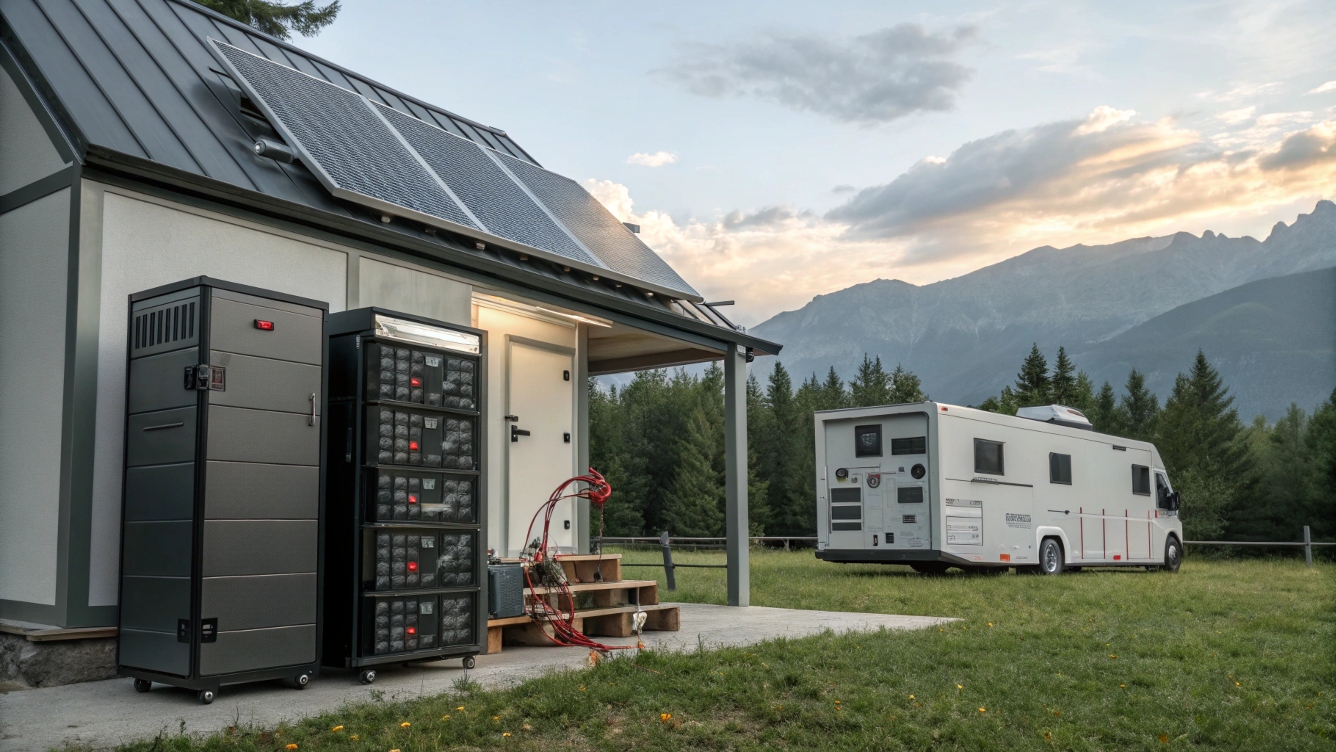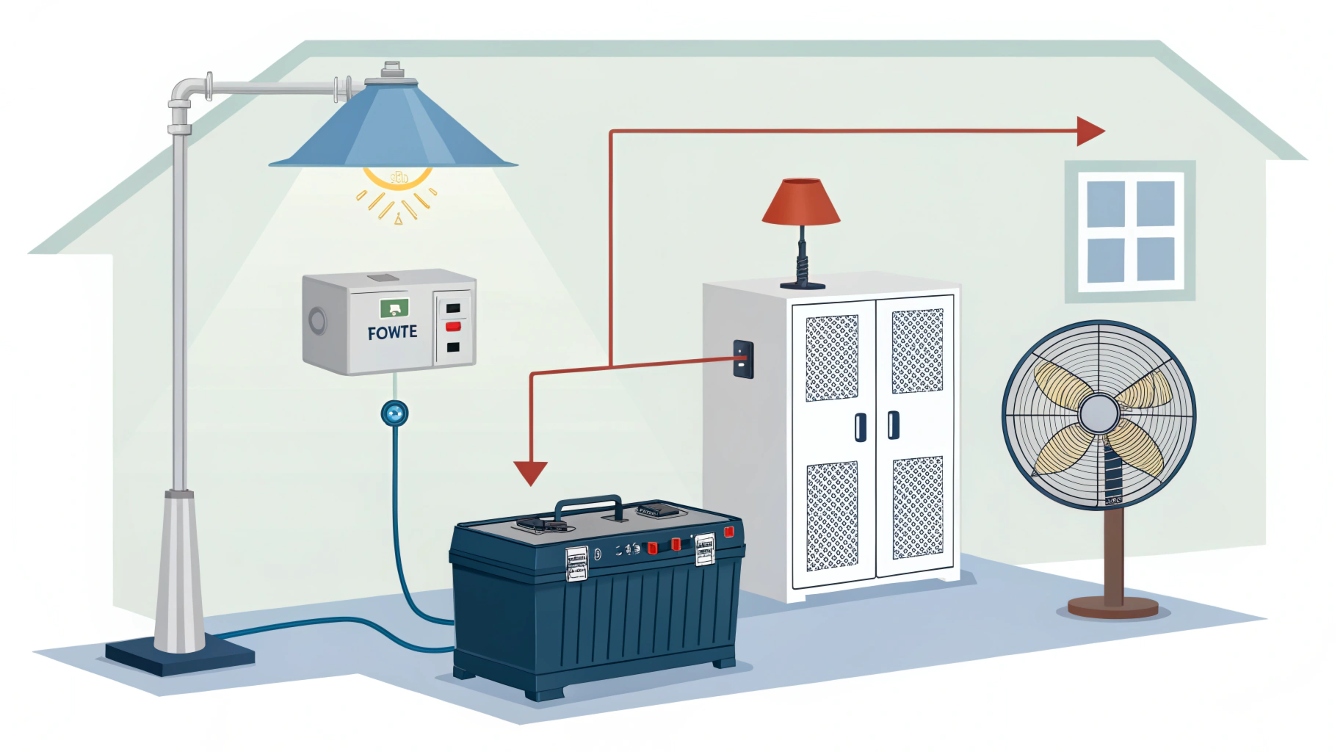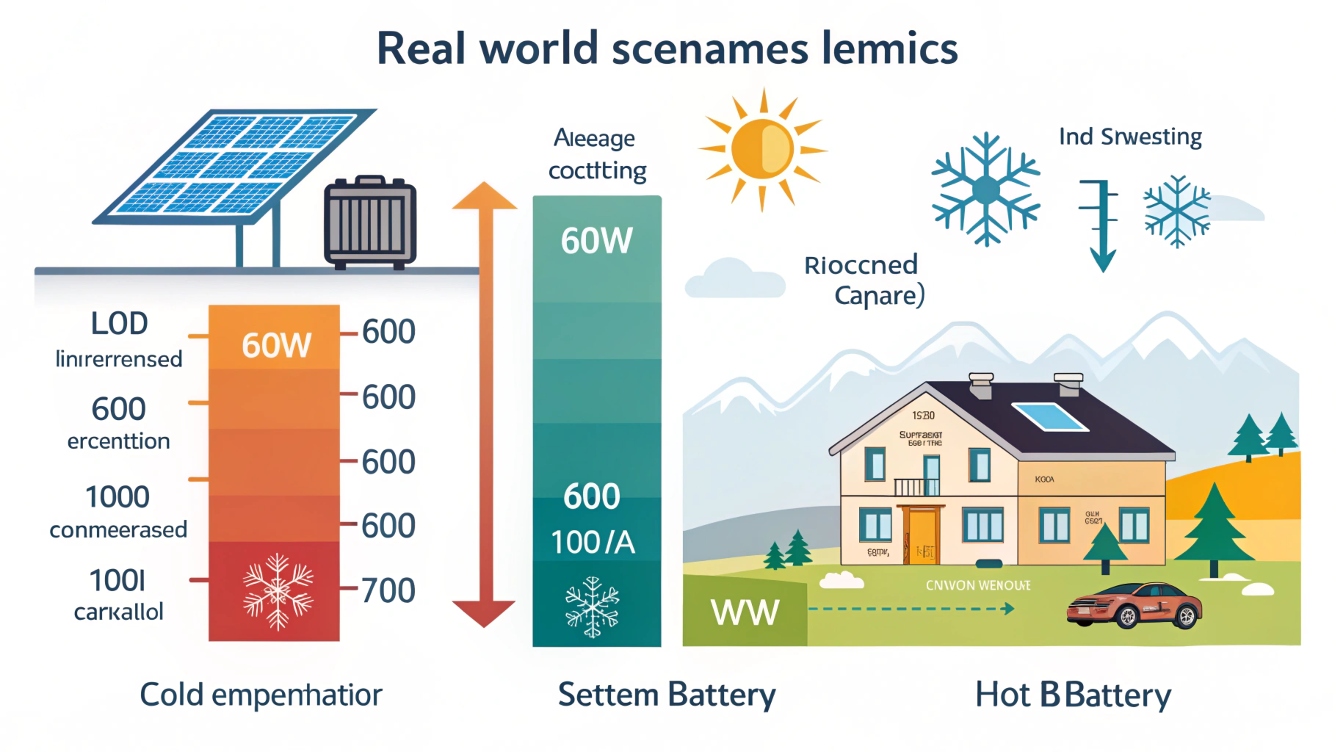Jak długo bateria litowa 200AH będzie działać falownik 1000W?
Zrozumienie podstaw: Pojemność baterii i wydajność falownika
Jak długo bateria litowa 200AH będzie działać falownik 1000W?
Akumulator litowy 200AH w połączeniu z falownikiem 1000W jest powszechną konfiguracją dla systemów słonecznych poza siecią, RVS, i awaryjna moc tworzenia kopii zapasowych. Ale jak długo to potrwa? Rozbijmy matematykę.
Krok 1: Oblicz całkowite magazynowanie energii
- 12System v: 200Ah × 12v = 2,400Wh (watogodziny).
- 24System v: 200Ah × 24v = 4,800Wh.
Krok 2: Uwzględniać wydajność falownika
Falowniki przegrywają 10-15% Energia podczas konwersji DC-AC. Dla obciążenia 1000 W:
Required Battery Power = 1,000W ÷ 0.85 (85% efficiency) ≈ 1,176W per hour.
Krok 3: Współczynnik głębokości rozładowania (DoD)
Baterie litowe (LiFePO4) może bezpiecznie się zwolnić 80-90% DoD. Dla długowieczności, przypuszczać 80%:
Usable Energy = 2,400Wh × 0.8 = 1,920Wh.
Formuła środowiska wykonawczego:
Runtime (hours) = Usable Energy ÷ Load Power.
Przykład: 1,920W ÷ 1 176 W ≈ 1.63 godziny.
Scenariusze świata rzeczywistego: Jaki wpływa na czas wykonawczy?
1. Fluktuacje obciążenia
Falownik o 1000W rzadko działa z pełną pojemnością. Jeśli twoje średnie obciążenie wynosi 600 W:
Runtime = 1,920Wh ÷ (600W ÷ 0.85) ≈ 2.72 hours.
2. Efekty temperatury
- Zimna pogoda: Poniżej 0 ° C. (32° F), Baterie litowe tracą 10-20% pojemność:cytować[7].
- Ciepło: Powyżej 40 ° C. (104° F), Wydajność falownika spada 5-10%.
3. Zdrowie baterii
Starsze baterie degradują: 3-letnia bateria 200AH może dostarczyć tylko 1700 WW.
Dla wskazówki: Połącz swoje bateria litowo -jonowa dla słonecznych z inteligentnym monitorem baterii do śledzenia pojemności i zdrowia w czasie rzeczywistym.
Przedłużanie środowiska wykonawczego z Systemy akumulatorów
Jedna bateria 200AH może nie wystarczyć do całkowitej mocy, Ale systemy akumulatorów pozwól ci bezproblemowo skalować pamięć. Na przykład:
- 2 Baterie: 400Ach (4,800Wh) → Czas wykonania ≈ 3.26 Godziny o 1000 W..
- 4 Baterie: 800Ach (9,600Wh) → Czas wykonania ≈ 6.8 godziny.
Korzyści z układania:
- Konstrukcja modułowa: Dodaj jednostki w miarę wzrostu energii.
- Równoważenie obciążenia: Dystrybucja losowania mocy, aby zmniejszyć obciążenie poszczególnych baterii.
- Kompatybilność hybrydowa: Wymieszaj z panelami słonecznymi w celu ciągłego ładowania.
Odkryj nasze Zestawy baterii modułowe dla konfiguracji konfigurowalnych.
Optymalizacja systemu pod kątem maksymalnej wydajności
1. Użyj wysokowydajnych falowników
Falniki fali czystej (90-95% efektywność) przewyższają zmodyfikowane modele fal sinusoidalnych (75-85%). Nasz Hybrydowy falownik słoneczny GYCX zmniejsza straty przez 15%, przedłużanie środowiska wykonawczego.
2. Połącz z panelami słonecznymi
Macierz słoneczna 600W może zrównoważyć obciążenia dzienne:
- Codzienna wydajność słoneczna: 600W × 5 Godziny słoneczne = 3000 Wh.
- Drenaż netto: 1,000W obciążenie - 3000 Wh Solar = Nadwyżka energii, eliminowanie drenażu baterii.
3. Smart Energy Management
- Obciążenia priorytetowe: Uruchom niezbędne (lodówka, światła) w niskich godzinach słonecznych.
- Zaplanowane użycie: Opóźnij zadania o wysokiej watach (NP., mikrofale) przez słoneczne okresy.
Studium przypadku: Kabina poza siecią z Baterie litowe gotowe do słoneczne
Rodzina w Kolorado za pomocą naszych 24V 200ah bateria na ścianie osiągnięte:
- Czas wykonawczy: 1.8 Godziny o 1000 W. (80% DoD).
- Integracja słoneczna: Dodano panele o pojemności 800 W., odcinanie zależności siatki przez 70%.
- Oszczędności kosztów: Zmniejszone koszty paliwa generatora o 120 USD/miesiąc.
Analiza porównawcza: Lit vs. Ołowiany kwas
| Metryczny | Lit (LiFePO4) | Ołowiany kwas |
|---|---|---|
| Użyteczna pojemność | 80-90% | 50% |
| Cykl życiowy | 3,000–6 000 cykli | 300–500 cykli |
| Waga (200Ach) | 19.5kg (43 lbs) | 55kg (121 lbs) |
| Utrata wydajności | 5-10% | 15-20% |
Dane pozyskiwane z branżowych punktów odniesienia i Wikipedii: Bateria litowo-żelazowo-fosforanowa.
Często zadawane pytania: Odpowiadając na krytyczne pytania
Q: Czy mogę ciągle uruchomić mikrofal?
A: Tak, ale tylko przez ~ 1,6 godziny na jednej baterii 200Hah. Do dłuższego użytkowania, dodać akumulatory, które można układać w stosy lub panele słoneczne.
Q: Jak ładować akumulator podczas korzystania z falownika?
A: Podłącz kontroler ładowania słonecznego, aby jednocześnie zasilać obciążenia i naładuj akumulator.
Q: To bateria 200ah bezpieczna do użytku RV?
A: Absolutnie! Nasz Baterie litowe gotowe do słoneczne Uwzględnij wbudowane BMS do przegrzania i ochrony nadmiernego rozładowania.
Przyszłość z Hybrydowe układy słoneczne
Dla 24/7 moc, łączyć:
- 200Ah litowa bateria: Przechowywanie podstawowe.
- 1,000W Inverter: Obsługuje obciążenia prądem przemiennym.
- 600W tablica słoneczna: Codziennie ładuje baterię.
- Kontroler MPPT: Maksymalizuje zbiory słoneczne.
Ta konfiguracja zmniejsza lęk w środowisku i przecina poleganie na siatce 80%:cytować[5]:cytować[9].
Wniosek: Mądrzejsza energia, Dłuższy czas wykonawczy

Bateria litowa 200H zasila falownik o pojemności 1000W 1.6–2,7 godziny, w zależności od obciążenia i warunków. Dla dłuższego czasu wykonywania, przyjąć systemy akumulatorów i integracja słoneczna. w GYCX Solar, Specjalizujemy się w roztworach modułowych, które rosną wraz z twoimi potrzebami energetycznymi - czy zasilasz kabinę, RV, lub system kopii zapasowych.
Następne kroki:
- Oblicz swoje dokładne potrzeby za pomocą naszego narzędzia wielkości słonecznych.
- Eksploruj akumulatory litowe gotowe do słonecznego do konfiguracji bezkwestionowanych.
- Obejrzyj nasz przewodnik wydajności po Master Energy Management.
Odniesienia
- Wydajność baterii litowej: Wikipedia: Bateria litowo-żelazowo-fosforanowa.
- Dane dotyczące wydajności falownika: Raporty branżowe z Powmr i DeLong Tech.


